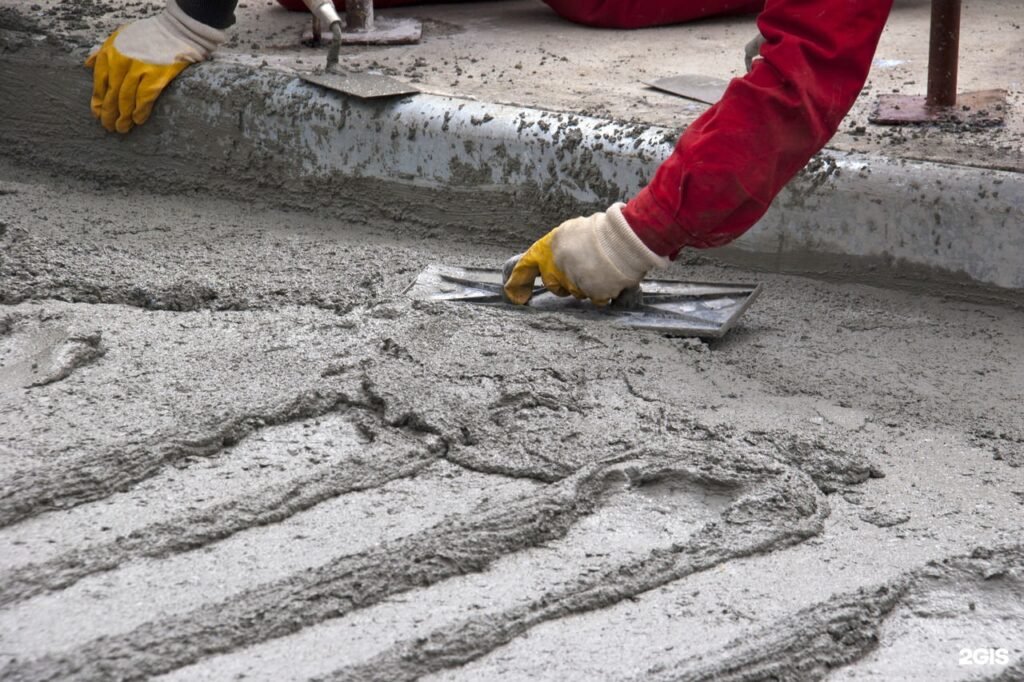
Importance of Concrete Repair
Concrete repair is essential to maintain the structural integrity of buildings and infrastructure. Over time, concrete can deteriorate due to various factors such as weather conditions, wear and tear, or initial design errors. Proper repair not only extends the life of structures, but also ensures the safety of occupants and users.
Furthermore, concrete is one of the most widely used construction materials in the world. Its durability and strength make it a preferred choice for a multitude of projects. However, without proper maintenance, even the most robust concrete can succumb to external aggressions and lose its mechanical properties. This is why concrete repair is a major challenge in the field of construction and engineering.
Purpose of the article
The aim of this article is to present the different concrete repair techniques , highlighting their advantages and disadvantages. We will explore traditional methods as well as innovative techniques that are emerging in the sector. By understanding these aspects, professionals and informed amateurs will be able to better choose the technique that best suits their specific needs.
In addition, this article aims to provide practical information on the concrete applications of these techniques. Through case studies and recommendations, readers will be able to get a clear idea of the possible solutions and the criteria to take into account to optimize their concrete repair interventions.
Concrete Repair Techniques
Dry repair
Dry repair is a commonly used method for treating surface cracks and damage in concrete. It involves applying repair materials without the addition of water, which provides speed of execution and limits structural downtime. This technique is particularly suitable for environments where moisture could compromise the integrity of the repair materials.
The products used in dry repair are often mixtures of resins and special powders that cure quickly and provide good adhesion to existing concrete. This method is valued for its versatility and ability to be used in a variety of settings, from residential buildings to industrial infrastructure.
Wet repair
Wet repair is a technique that involves applying repair materials mixed with water to damaged areas of concrete. This method is ideal for repairs that require deep penetration and strong adhesion. It is often used to treat larger cracks or surfaces exposed to harsh environmental conditions.
Products used in wet repair include specialty mortars and concretes, which are formulated to provide increased durability and high compressive strength. Although this method may take longer to implement, it offers a robust solution for repairs requiring maximum structural strength.
Other innovative techniques
In addition to traditional methods, several innovative techniques have emerged to meet the specific needs of concrete repair. Among these, we find the use of composite materials , such as fiber-reinforced polymers, which offer exceptional strength while being lightweight. These materials make it possible to strengthen structures without adding additional weight.
Another innovative technique is the application of protective coatings, which prevent corrosion and abrasion. These coatings extend the life of the concrete by creating a barrier against aggressive external elements. Finally, cutting-edge technologies, such as resin injections or the use of drones for inspection and repair, are increasingly adopted for their efficiency and precision.
Advantages and Disadvantages of Techniques
Benefits of dry repair
Dry repair has several advantages , including its speed of execution. The materials used harden quickly, which reduces the downtime of structures. In addition, this method is adaptable to many situations, making it ideal for one-off or emergency repairs.
Another advantage is its ability to be applied in environments where moisture must be avoided. Dry repair materials are designed to provide good adhesion without the need for water, reducing the risk of future degradation due to moisture. Finally, this technique is often more economical in terms of labor and resources.
Advantages of wet repair
Wet repair offers significant advantages in terms of durability and strength. The materials used in this method penetrate deep into cracks and provide a strong bond to the existing concrete, thus extending the life of the repaired structure.
This technique is also flexible and can be used for complex repairs requiring a tailored approach. Additionally, wet repair products are often formulated to withstand extreme environmental conditions, making them a good choice for infrastructure exposed to harsh elements such as sea salt or freeze/thaw cycles.
Comparison of disadvantages
While each method has its advantages, it is crucial to consider the disadvantages before making a choice. Dry repair, while fast and effective, may not be suitable for repairs requiring deep penetration or maximum adhesion. Additionally, it may be limited in certain environments where waterless application is not possible.
On the other hand, wet repair, although robust, can require more time for application and drying, which can lead to additional delays in some projects. The cost can also be higher due to the complexity of the materials and the skills required for their application. Finally, it is important to consider the compatibility of the materials used with the existing concrete to avoid any future failures.
Practical Applications
Specific areas of use
Concrete repair techniques find applications in various fields, ranging from public infrastructure to residential and commercial buildings. In the transportation sector, they are used to maintain and extend the life of bridges, roads and tunnels, where safety and durability are paramount.
In the industrial sector, concrete repairs are essential to maintain the integrity of complex facilities, such as storage tanks and heavy equipment. Historic buildings and monuments also require specific repair techniques to preserve their cultural value while ensuring their structural stability.
Successful Case Studies
Several case studies illustrate the success of concrete repair techniques. For example, the renovation of a historic bridge was successfully carried out using composite materials, which strengthened the structure without altering its original appearance. This approach allowed the architectural integrity to be maintained while improving the load-bearing capacity of the bridge.
Another notable case study involves the repair of an industrial plant where protective coatings were applied to prevent corrosion caused by aggressive chemicals. This intervention not only extended the life of the concrete structures, but also improved operational safety by reducing the risk of leaks and spills.
Recommendations for choosing the technique
The choice of concrete repair technique depends on several factors, such as the nature and extent of the damage, the environment in which the structure is located and budgetary constraints. It is essential to carefully evaluate these elements to determine the most appropriate method.
It is recommended to consult concrete repair experts to evaluate the available options and choose the technique that offers the best compromise between durability, cost and efficiency. By taking into account the specific characteristics of each situation, it is possible to optimize the interventions and ensure a durable and reliable repair of concrete structures.




